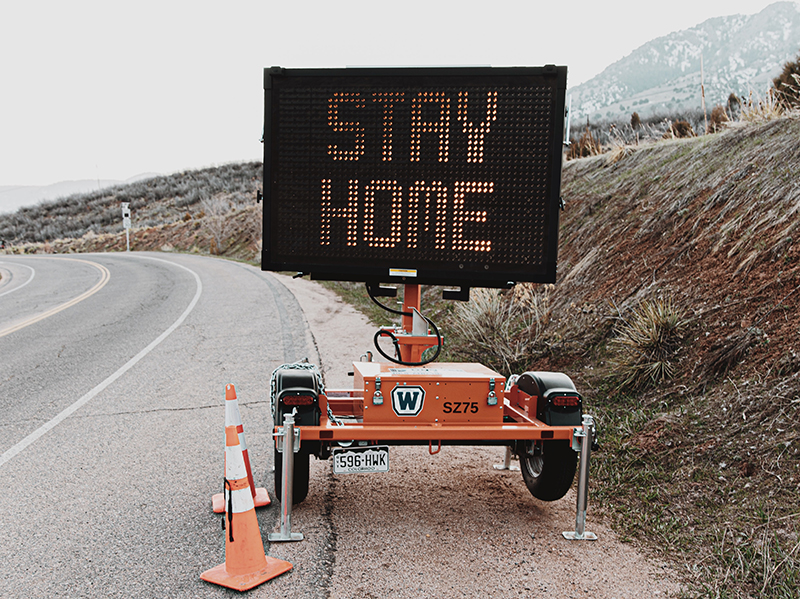COVID-19 Presents a Crowd Control Conundrum

The threat COVID-19 presents has taken many by surprise, illustrating how people have taken parties, office work and even grocery shopping for granted. Because it can easily be spread, the virus has made social distancing the new norm. As seclusionary practices are being enforced throughout the country and the world, security personnel are faced with new challenges in crowd control.
Six Feet of Separation
In order to flatten the curve, or prevent the number of new cases quickly rising, many states are taking measures to keep overcrowding down. Local governments seem to be fighting against a populace that is either unwilling or unable to understand the importance of social distancing. New York City saw a big turnout to watch the USS Comfort slide into port, regardless of what mayoral orders were about massive congregations. While police initially allowed groups to form, it quickly dawned on officials that the crowd needed to be dispersed.
It’s not only inconsiderate gawkers that pose crowd control issues. Lines of people and cars waiting to receive medical attention also present real issues as they group together. In March, the governor of Colorado called in the National Guard to help regulate the waves of citizens as they await coronavirus testing. Instances like these may be easier to manage since they can be designed for the most effective movement of people and vehicles from the start. Not every location has that benefit.
Mall and Market Mandates
Some of the most effective methods to handle the spread of infection can be seen in supermarkets and retail chains around the country. Big box stores like Walmart and The Kroger Co. are not only monitoring how many people enter and exit their stores but also have one-way aisles to help keep foot traffic moving in a safe and steady direction. These often literal guidelines help customers navigate these spaces in a fashion that allows them to maintain safe distances without compromising their ability to shop.
Security officials can take a cue from the retail industry by adopting some of those same practices on a larger scale. For large parking lots, setting up a one-way flow of traffic can help to keep things moving at a steady pace and avoid congestion. The same can be accomplished with exterior walkways by setting up raised structures that create designated paths for travel.
Using portable barriers such as TB150 crash-rated bollards is an excellent way to maintain separation and create easy avenues for travel. Once the crisis abates, these units can then be redeployed to an alternate location or placed into storage to await future needs. For vehicles, portable event gates and easy-to-install temporary barricades help to restrict entryways and keep vehicles in appropriate areas. They can also be repurposed at a later date and are easy to store and use in entirely different locations.
Maintaining public safety is part of everyone’s civic duty. Security administration and personnel are uniquely suited to help society create better systems for dealing with crowd control and social distancing. Contact Delta Scientific’s industry experts to help you make your organization safer for everyone involved.
Share This Story, Choose Your Platform!
